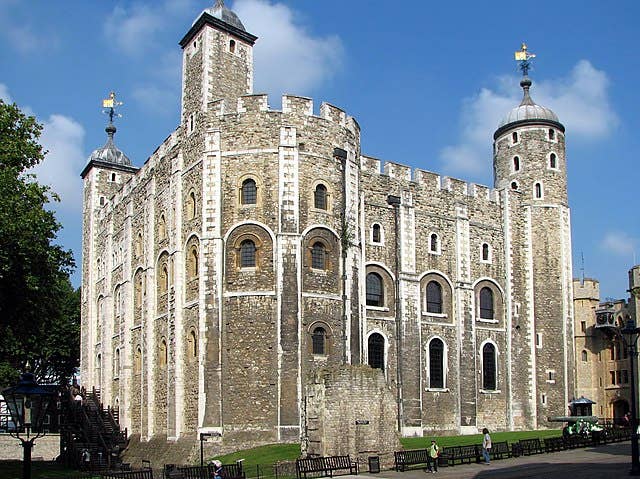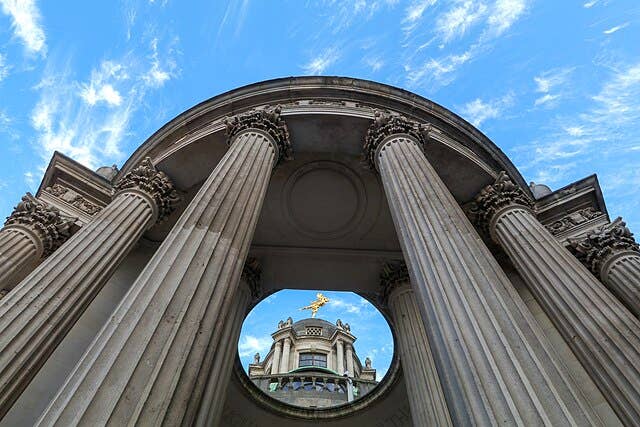Exploring the World’s Finest Numismatic Collection at the British Museum
The British Museum houses an exceptional collection of coins and medals curated by the Department of Money and Medals.
The Department of Money and Medals at the British Museum boasts one of the world’s finest numismatic collections. This remarkable collection spans the history of coinage from its origins in the 7th century BC to the present day.
The collection comprises approximately 800,000 objects from around the world. Alongside coins and medals, it also includes related items such as coin weights, tokens, and dies. The British Museum also holds the national collection of paper money, featuring notes from various historical periods. You’ll find everything from 14th-century Chinese banknotes to the modern euro.
The museum’s collection extends beyond functional currency. It includes an internationally renowned assortment of commemorative and art medals, ranging from pieces created during the Italian Renaissance to those crafted by contemporary artists worldwide.
Furthermore, the department curates temporary exhibitions that explore different themes within the collection. These exhibitions provide insights into specific periods, regions, or artistic styles.
The Citi Money Gallery (Gallery 68) showcases over 9,000 coins, medals, and banknotes. Additionally, you’ll encounter various numismatic treasures throughout the museum’s permanent displays.
The British Museum features more than fifty galleries, where you’ll find yourself surrounded by artifacts from many different civilizations. Ground-floor galleries include Collecting the World, Greece, Athens and Lycia, The World of Alexander, The Joseph Hotung Gallery, and more. The upper floor features Medieval Europe AD 1050-1500, Sutton Hoo and Europe AD 300-1100, Roman Britain, the Etruscan World, Greeks in Italy, and more.
View the Rosetta Stone, dating to 196 BC. It is part of a larger slab that was found near the Egyptian village of el-Rashid (Rosetta). The stone bears inscriptions in several languages, and its decipherment proved to be the key to unlocking the secrets of ancient Egyptian hieroglyphs.
Visit the Living and Dying exhibit on the ground floor and see the Hoa Hakananai'a, an original Easter Island ancestor Moai statue made of basalt.
Roam through rooms 62-63 and discover the secrets of the Egyptian afterlife. View mummies--both human and feline. Behold the beauty of the wonderfully intricate sarcophagi and the Egyptian Book of the Dead. Learn which objects were so important to the Egyptians that they went to the grave with their owners.
In addition to a treasure trove of human monetary history, the British Museum offers approximately eight million artifacts on display. Whether you’re a seasoned numismatist, new to the hobby, or a devotee of all things historical, the British Museum offers a captivating journey through time and culture.
If you'd like to explore the British Museum with us, we are heading there as part of our Numis Tour of London and Wales from September 24, 2024, through October 2, 2024. Learn more about the tour and register here.
Related:









